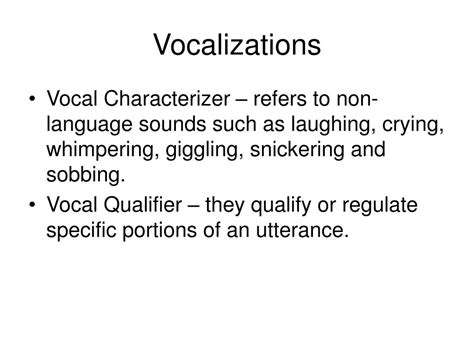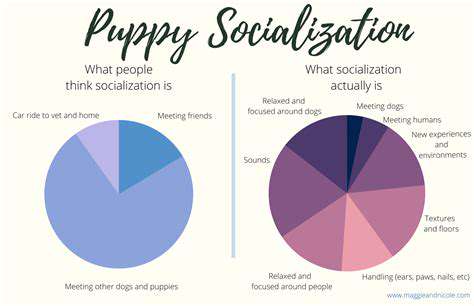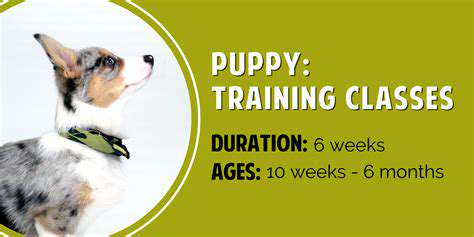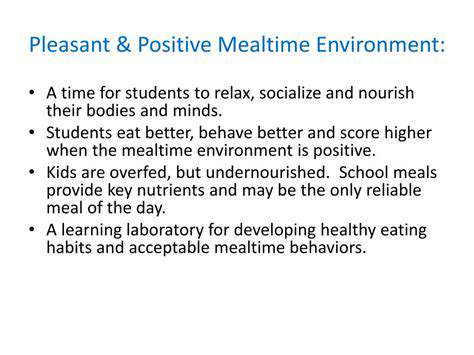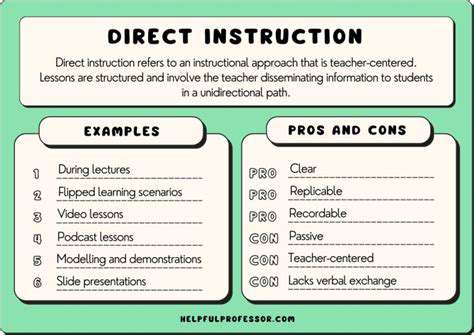Getting Your Puppy Used to the Vacuum Cleaner: A Step by Step Guide
Understanding Your Puppy's Reactions
Puppies, especially young ones, are often overwhelmed by unfamiliar sounds. A vacuum cleaner, with its whirring motor and suction, can be particularly startling. Understanding their initial reactions – whether it's a sudden whimper, a quick retreat, or a tentative bark – is crucial for a positive training experience. Recognizing their cues will allow you to intervene and guide them effectively through this new sensory experience, ensuring they develop a healthy association with the vacuum.
It's important to remember that each puppy is an individual, so reactions may vary. Some puppies might be more easily startled than others. Be patient and observant, and tailor your approach to meet their specific needs.
Creating a Safe Space
Establishing a designated safe space or quiet zone for your puppy can significantly reduce stress during vacuuming. This area should be comfortable, cozy, and free from distractions. Think a specific corner of a room, a dog bed nestled in a quiet spot, or even a crate. Ensuring your puppy has a retreat they can feel secure in during the vacuuming process can make all the difference in their emotional response.
It can help your puppy learn to associate this quiet space with positive experiences, fostering a sense of calm and security.
Introducing the Sound Gradually
Instead of abruptly turning on the vacuum cleaner while your puppy is in their full view, start by introducing the sound in a low, controlled environment. A great starting point is turning the vacuum on for just a few seconds, at a low setting, in a room where the puppy isn't directly present. Gradually increase the volume and duration over time while they are in their safe space. This strategy allows your puppy to acclimate to the sound at their own pace and reduce the overall startle response.
Pairing the Sound with Positive Reinforcement
Pair the sound of the vacuum cleaner with positive reinforcement. As you gradually introduce the sound, reward your puppy for calm behavior. This could involve treats, praise, or a favorite toy. Associate the sound with something pleasant to counteract the potential fear or anxiety it might initially evoke. This helps create a positive association in your puppy's mind, allowing them to perceive the vacuum cleaner as something neutral or even enjoyable.
Using Distraction Techniques
Distraction can be a helpful tool in desensitizing your puppy to the vacuum cleaner's sound. If your puppy shows signs of fear or anxiety, distract them with a stimulating toy, a tasty treat, or a favorite game. Focus on redirecting their attention away from the sound to create a more positive experience. This method also helps build your puppy's confidence and strengthens the bond between you. Use this tactic to bridge the gap between fear and calm.
Rewarding Calm Behavior
Consistent and specific rewards for calm behavior during and around the vacuuming process are vital to positive reinforcement. This reinforces the idea that staying calm in the presence of the vacuum cleaner leads to desirable outcomes for your puppy. If your puppy remains calm throughout the vacuuming session, lavish praise and treats. This positive reinforcement builds a strong association between the vacuum cleaner and pleasant experiences, making future encounters less stressful.
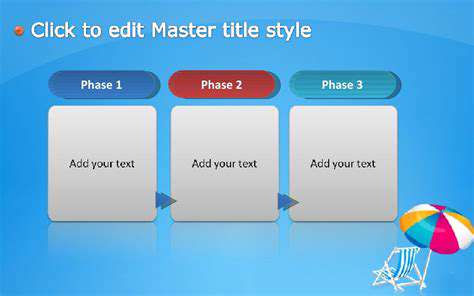
Phase 3: Controlled Exposure
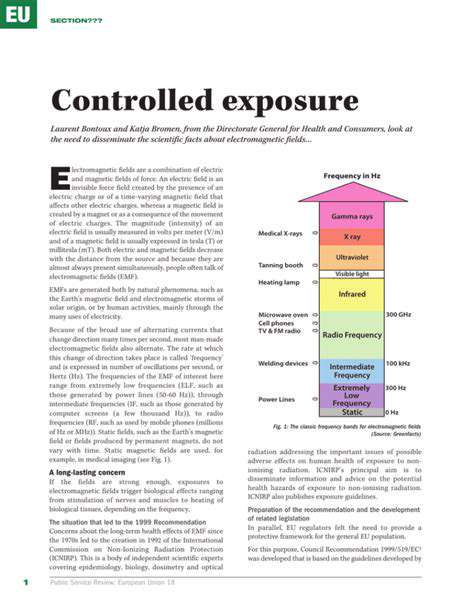
Initial Exposure Strategies
During the initial phase of controlled exposure, participants are carefully introduced to the feared stimulus. This initial exposure is meticulously designed to be manageable and progressively increase in intensity. The goal is to build confidence and demonstrate that the feared response is not catastrophic.
This gradual approach allows the individual to adapt to increasing levels of exposure, preventing overwhelming anxiety and promoting a sense of mastery. A key element is ensuring that the exposure is tailored to each participant's specific needs and comfort levels.
Graded Exposure Techniques
Several techniques are employed within graded exposure, including virtual reality simulations, imaginal exposure, and in-vivo exposure. These techniques allow for the safe and controlled exploration of the feared stimulus, whether it is a specific object, place, situation, or social interaction.
Imaginal exposure is particularly useful for situations or memories that are difficult or impossible to recreate in real life. It involves vividly recalling the feared situation and practicing coping strategies within the safety of the therapeutic setting. In-vivo exposure is about gradually approaching real-world situations that provoke anxiety.
Developing Coping Mechanisms
Simultaneously with exposure, participants are encouraged to develop effective coping strategies. This may include relaxation techniques, such as deep breathing exercises, progressive muscle relaxation, or mindfulness meditation. These techniques are vital for managing anxiety and promoting a sense of calm and control.
Learning and practicing these techniques equips participants with tools to manage anxiety in future situations. This is crucial for long-term success and empowers individuals to face future challenges with greater resilience.
Measuring and Monitoring Progress
Throughout the controlled exposure phase, progress is meticulously tracked. Measures include self-report questionnaires, behavioral observations, and physiological monitoring. This data helps to ensure that the exposure is effective and adjusted as needed to maximize results.
This continuous evaluation is critical for maintaining a safe and productive therapeutic environment. Data is also vital for evaluating the effectiveness of the therapy approach and tailoring it to individual needs.
Addressing Specific Fears
Different fears require unique approaches to controlled exposure. For example, exposure therapy for social anxiety may involve structured practice in progressively more challenging social situations. This might include conversations, public speaking engagements, or attending social gatherings.
Exposure therapy for phobias often involves gradual exposure to the feared object or situation. This progressive introduction allows the individual to confront their fear without triggering overwhelming distress and promoting a gradual reduction in anxiety symptoms.
Integrating Lifestyle Changes
Exposure therapy isn't solely focused on the immediate feared stimulus; it also considers broader lifestyle factors. This might include dietary changes, sleep hygiene practices, and stress management techniques. All these areas contribute to the overall well-being and ability to cope with stress and anxiety.
These lifestyle changes can significantly contribute to the effectiveness of the exposure therapy and promote long-term improvements in mental health. Implementing healthy habits in everyday life strengthens the individual's capacity to manage anxiety.
Read more about Getting Your Puppy Used to the Vacuum Cleaner: A Step by Step Guide
Hot Recommendations
- The Impact of Early Socialization on a Dog's Interaction with Other Animals
- Car Travel and Puppy Socialization: Making the Journey a Positive Experience
- The Importance of Early Environmental Exposure for Puppy Development
- Taking Your Puppy to the Vet: Positive Socialization Strategies
- Making Training a Positive Experience for Your Puppy
- Public Transportation and Puppy Socialization: A Step by Step Guide
- Safe Socialization: Allowing Others to Pet Your Puppy
- Helping a Puppy Who Struggles with "Stay"
- Positive Puppy Interactions: Making Meetings with New Friends Fun
- No Treats Needed? Training Basic Commands with Verbal Praise
